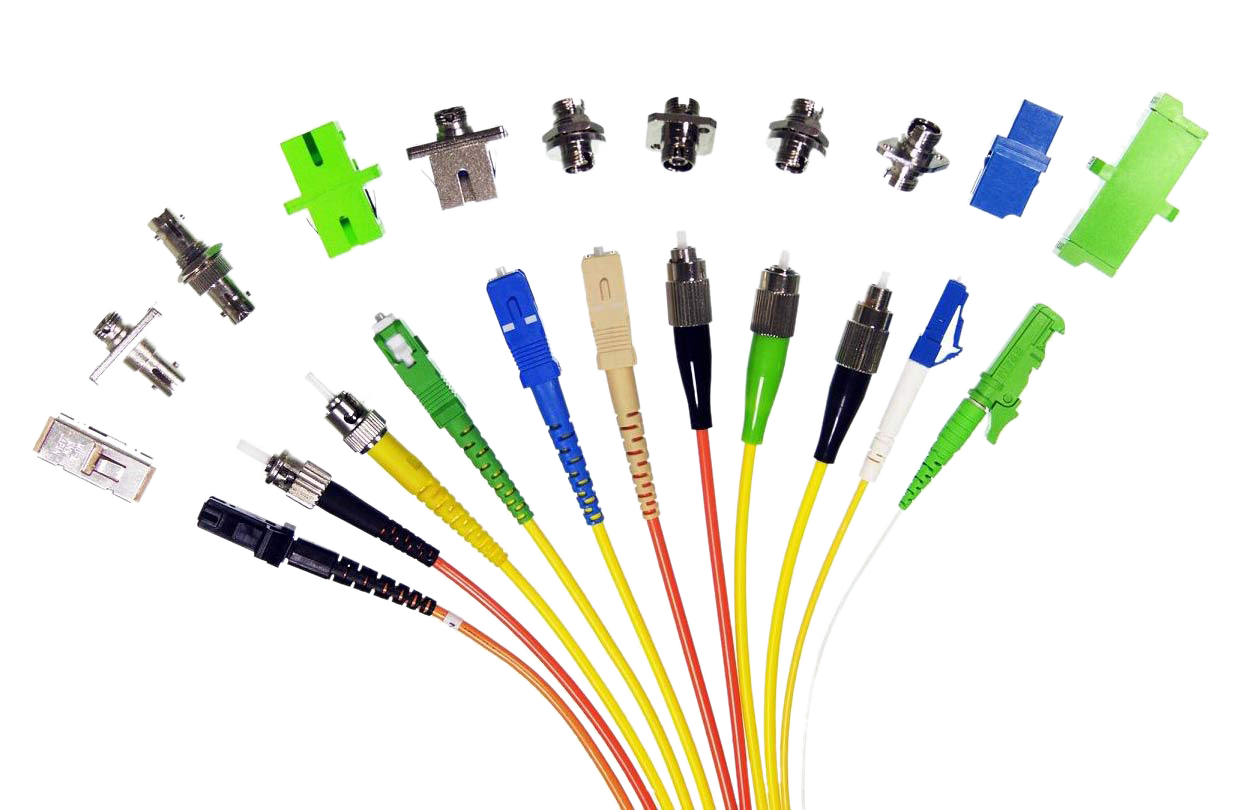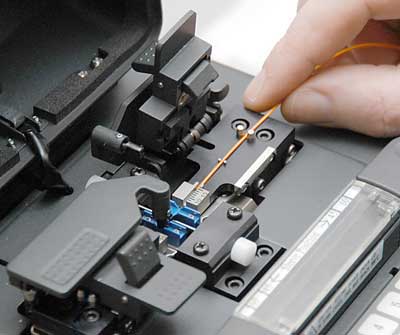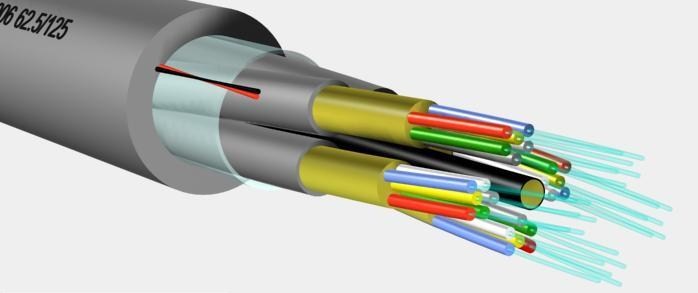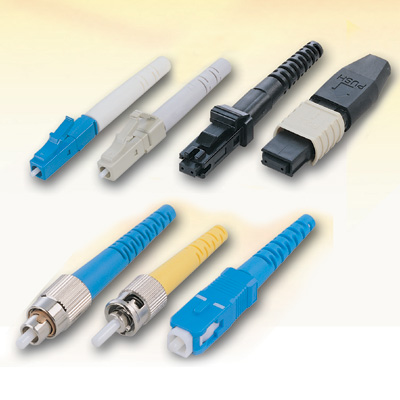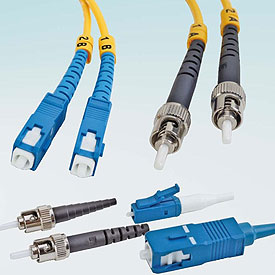Here’s a quick snapshot at the process of Fusion splicing. All it will take you is 50-seconds.
Fusion splicing definition
Fusion splicing is done for two ends of the fibre optic cables. It is similar to the welding process. The only difference in fusion splicing is that the materials involved are glass bunches and not metals. Like welding, the splicing is done by using localized heat. It could either be an electric arc or a laser shot.

Types of Fusion splicing
Depending on the splicing environment and the industrial application, fibre optic cable splicer machines are classified as:
- Field Splicing Kit
- Factory Fusion Splicer
- Laboratory Splicer machine
Depending on the splicing environment and the industrial application, fibre optic cable splicer machines are classified as:
- Field Splicing Kit
- Factory Fusion Splicer
- Laboratory Splicer machine
There is another set of classification depending on the medium where splicing is done.
For example, Marine fusion splicer machines are used for under-sea deployment submarines. Aerial fusion splice tools are used for space ships and aeroplanes.
For example, Marine fusion splicer machines are used for under-sea deployment submarines. Aerial fusion splice tools are used for space ships and aeroplanes.
Principle involved in Fusion splicing of Fibre optic cables
Before moving ahead with the fusion splicing, get familiar with the principals of:
- Optical Wave Guide Theory
- Heat Transfer
- Glass property
- Material Science
- Fluid Mechanics
- Static Dynamics
- Stress Strain Energy Transformation
- Mechanical Engineering
- LASER
Features of Fusion Splicing
Fusion splicing used on fibre optic cables is a permanent alliance. Unlike the use of fibre optic connectors, the fused cables can’t be detached. The features associated with the fusion splicing are:
- Quick operation that takes less than 30 minutes
- Easy alignment if fusion splicer machine is used
- It saves resources and cost-effective
- Loss through the fusion spliced fibre optic cables is measured at less than 0.2 decibels across a length of 124 miles.
- The strength of the fused site is impeccable.
Fusion splicing used on fibre optic cables is a permanent alliance. Unlike the use of fibre optic connectors, the fused cables can’t be detached. The features associated with the fusion splicing are:
- Quick operation that takes less than 30 minutes
- Easy alignment if fusion splicer machine is used
- It saves resources and cost-effective
- Loss through the fusion spliced fibre optic cables is measured at less than 0.2 decibels across a length of 124 miles.
- The strength of the fused site is impeccable.
Position of the Fusion splicing technique in the industry
In the digital age, it goes without saying that fibre optic cables form the connectivity face of the IT industry. In optical network, the precision of fusion splicing process can make or break business. Poor quality fusion splicing at the fibre optic cable ends could result in significant loss of data and interference during transmission. Loss of data or corruption means loss of revenue.
This is the exact reason why the best in the industry prefer to go with the fusion splicer machines. The fusion splicer machines are preferred over mechanical splicer for two reasons:
1. Fusion splicer machines involve use of precision cleaving and alignment models
2. The automatic dusting and removal of dirt and moisture is taken care by the fusion splicer machine

Objective of the Fusion splicing technique
The primary objective of the fibre optic fusion splicer technique is to achieve the same quality of physical and data transmission properties as the original cables. Closer the resemblance, higher will be the efficiency of the spliced cables.
Fusion splicing is done to achieve:
- Impeccable physical strength without compromising on the quality of signal transmission
- Elongation of the fibre optic cables without involving any fibre optic connectors
- Long-term reliability in terms of signal transmission across a variable medium
- Zero maintenance as far as replacement of fibre optic cables are concerned









